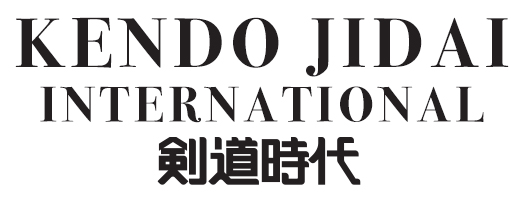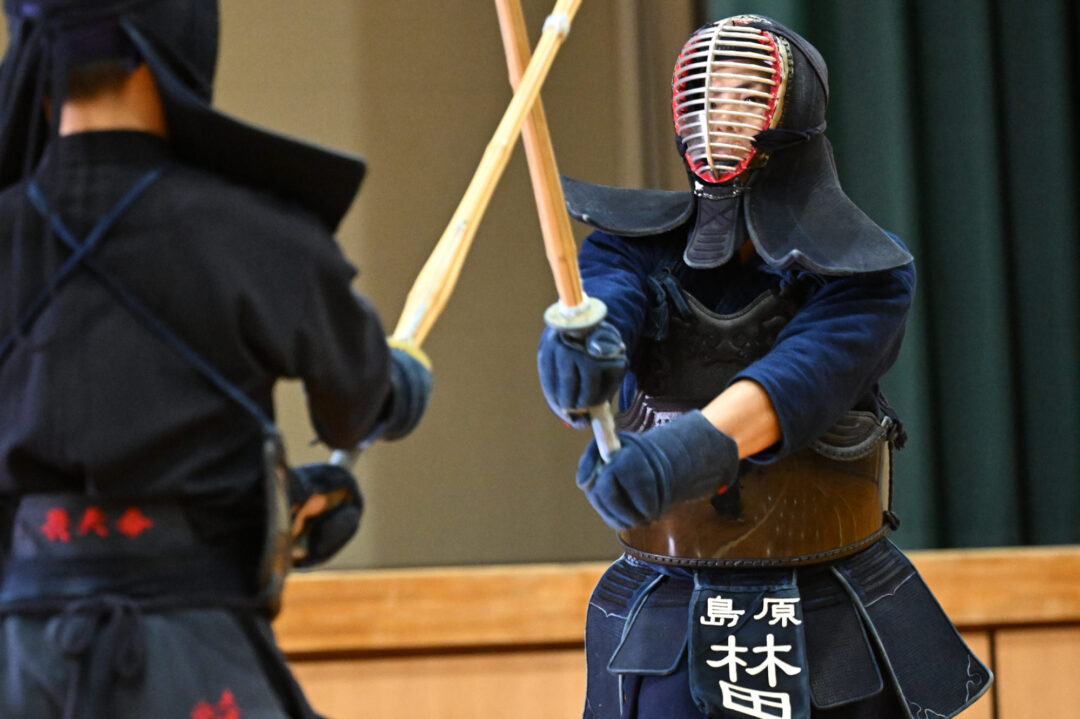KENDOJIDAI 2025.8
*Unauthorized reproduction or use of any images in this article is strictly prohibited.
Photography: Nishiguchi Kunihiko
Hayashida Kyohei has an outstanding record as a teacher–practitioner of Kendo, with one second-place finish and two third-place finishes at the All Japan Kendo Championship. “The theme of striking in one breath was something I was thoroughly taught after entering Shimabara High School,” he recalls. This April, upon returning to his alma mater, Shimabara High School, Hayashida shared from his own experience the principles of striking in one breath.
Hayashida Kyohei, 6th Dan
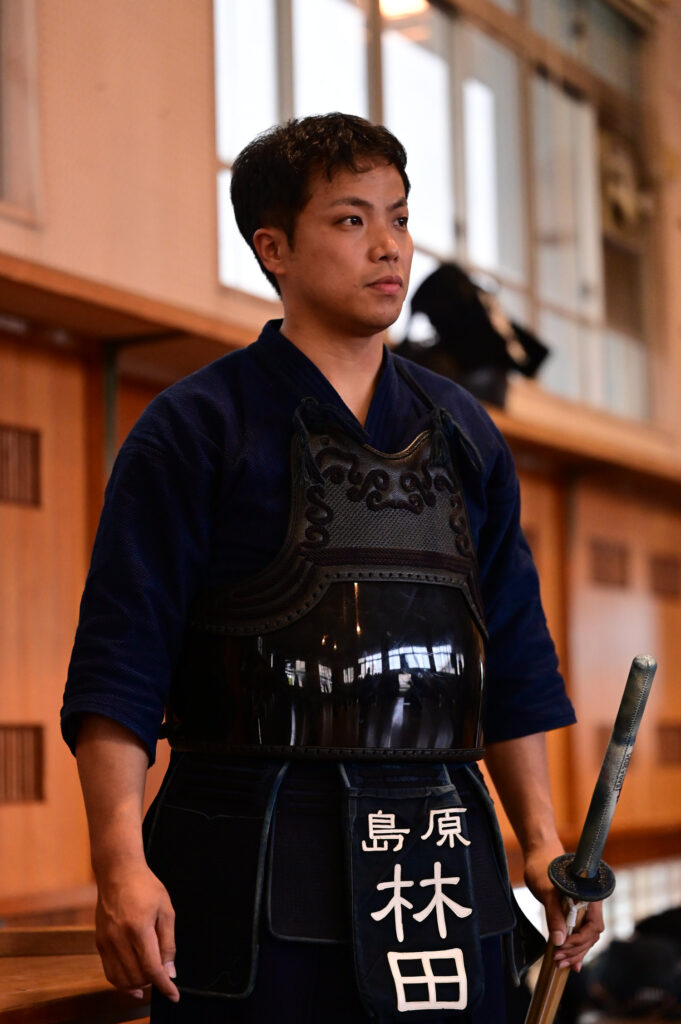
In March of this year, I resigned from my teaching post at Fukui Prefectural Maruoka High School, and from April I began serving as a teacher at my alma mater, Nagasaki Prefectural Shimabara High School, where I now devote myself both to instructing students and to pursuing the goal of becoming the best in Japan as a competitor.
The theme of “striking in one breath” was in fact the teaching principle set forth by my coach, Watanabe Takatsune Sensei, when I entered Shimabara High School 15 years ago. Although I had just graduated from junior high school, I made a point of repeatedly focusing on three elements in every practice: the balance of my posture when taking Kamae, the way of swinging the Shinai, and the movement of my left foot.
Training at Shimabara High School consisted of simple basics—Suburi, Kiri-kaeshi, and Uchi-komi. Without personal effort and self-study, it would have been easy to fall into simply repeating practice mechanically, without genuine progress.
Ichi-byoshi is defined in the Kendo Japanese–English Dictionary as “a striking movement done in one breath with the Shinai and body moving in unison.” In Kendo, there is a process of applying pressure, breaking the opponent’s posture, and then finishing with a decisive strike. To accomplish this, one must acquire the skill of striking in Ichi-byoshi. In actual matches, there are times when it is necessary to vary the timing and strike in a surprise manner. However, I believe that such techniques are effective only because they are grounded in orthodox, fundamental techniques.
In my own practice, I devote a great deal of time to mastering simple Men techniques. During the spread of COVID-19, when no one was able to train as they wished, I decided to take a fresh look at my own Kendo. I checked and corrected my Kamae and the way I gripped the Shinai, and I came to pursue a style of Kendo centered on Men techniques. As a result, I was able to fight my way to the finals of the 69th All Japan Kendo Championship, and I recall that nearly all of my valid strikes in that tournament were Men.
I feel that if one cannot strike Men effectively, any competitor will ultimately hit a wall. That is why, at my former school, Maruoka High School, I focused on teaching Kendo centered on Men techniques. My intention was for students to continue practicing Kendo not only after graduation in university, but also throughout their adult lives. Top-level competitors are able to deliver Men strikes that land even when the opponent knows they are coming—and I believe that ability is precisely what defines them as top-level.
Building a Kamae with the Weight on the Left Foot, Ready to Strike at Any Time
During the COVID-19 restrictions, the first thing I reexamined was my Kamae. Previously, I used to grip the Shinai tightly, believing that doing so would allow for more flexible handling. However, I came to feel that while such a grip made it possible to “hit” the target, it did not allow me to truly “finish the strike.”
Proper Shinai control requires moving in the sequence of the shoulder, elbow, and wrist, but if the grip is too strong, this sequence becomes impossible. Now, I hold the Tsuka of the Shinai only lightly with both hands—just enough to wrap around it—so that if someone were to pull on it, the Shinai would slip out easily.
In actual matches, the desire to strike can make one unconsciously grip the Shinai too tightly. To prevent this, I emphasize the feeling of holding it only “lightly wrapped.”
As for footwork, I pay particular attention to always keeping the left foot in a state ready to strike. This requires maintaining body weight on the left foot. However, when closing Maai or performing evasive movements, there are inevitably brief moments when weight shifts away. I work to minimize such moments by consciously using small, precise Ashi-sabaki.
In particular, I focus on placing weight on the ball of my left foot and maintaining awareness of my left hip. If the left hip opens up, it becomes impossible to deliver a sharp and crisp strike, so I pay close attention to this point.
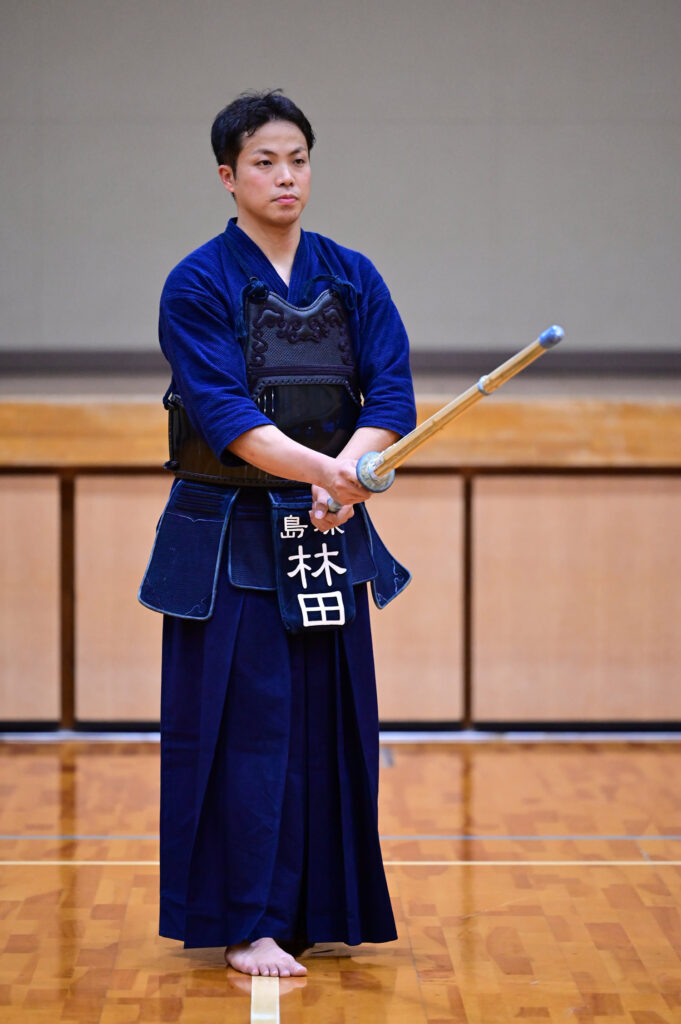
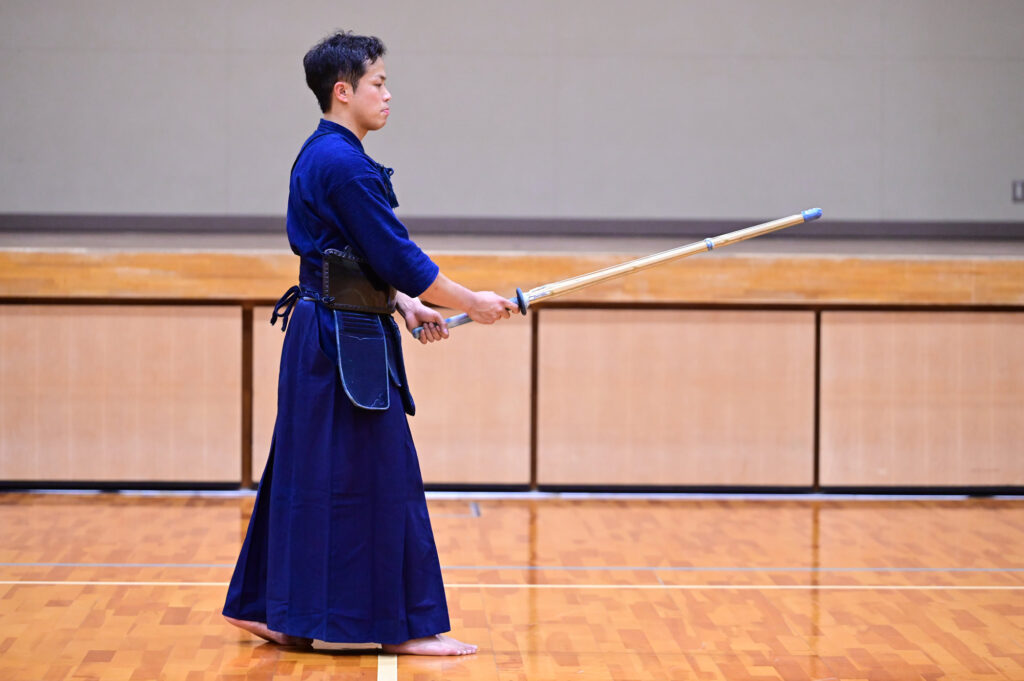
Shinai Control
On the surface, Shinai control appears to move in the order of the wrist, elbow, and shoulder. In reality, however, unless it is executed in the order of shoulder, elbow, and wrist, the strike will not have sharpness. That is why I changed the way I grip the Shinai—when one grips too tightly, the strike often ends up being driven only by the wrist. If the upper body is tense, the strike becomes a mere tap with the hands, so I pay close attention to avoid that.
When striking with the shoulder, what I am most mindful of is the position of the left hand. Especially for small, compact strikes such as Debana-Men, I try not to move the left hand much. Instead, I keep the feeling of pushing the hands forward, with the sensation of letting the tip of the Shinai drop at the very end. Since the opponent is also coming forward in Debana situations, I am careful to consider the Maai.
On the other hand, when taking advantage of the opponent’s hesitation (Itsuki), a strike will not reach along the same trajectory. In such cases, it is necessary to adjust both the way one closes the distance and the swing of the Shinai. In any case, if I become tense, my movement slows down. Therefore, in tense situations in particular, I make a conscious effort to stay relaxed.
In moments of pressure, strength tends to accumulate in the right hand. Once the right hand becomes tense, the left hip opens up, and sharp movements become impossible. This also prevents techniques from flowing smoothly in response to striking opportunities. For this reason, I always remind myself to focus on the left hand and left hip, and in any situation to handle the Shinai with the feeling that movement begins from the shoulder.
The rest of this article is only available for Kendo Jidai International subscribers!
